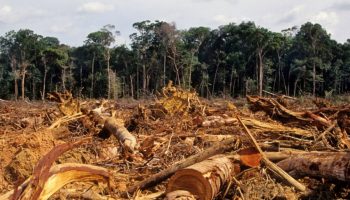
Why is the Amazon rainforest being deforested?
We are going to explain how the world’s largest rainforest is being deforested.

Why saving the Amazon rainforest is important
We are going to chat about Peruvian Amazon rainforest and it’s importance to the world.

Can Indigenous communities help fight climate change?
We are going to cover how Indigenous communities can help fight the climate crisis.



